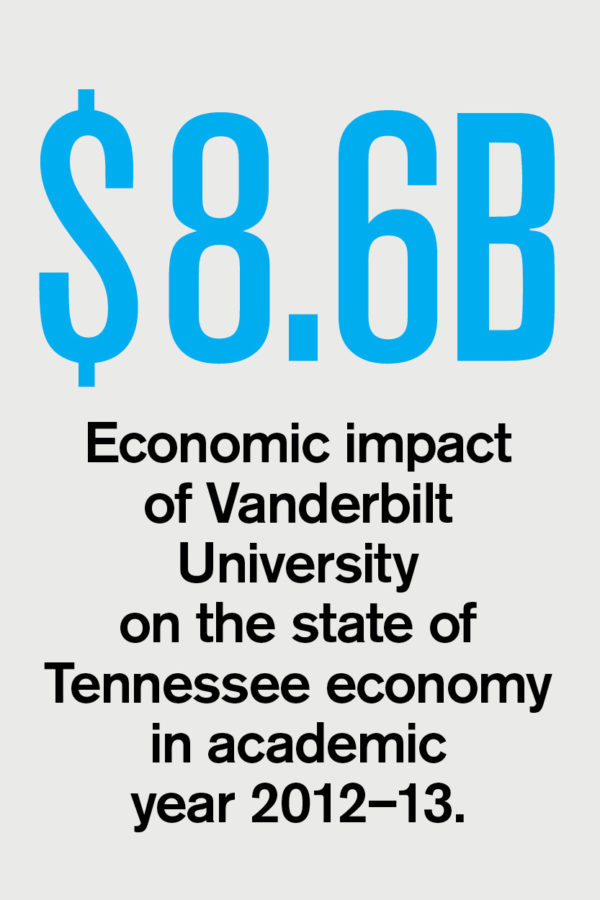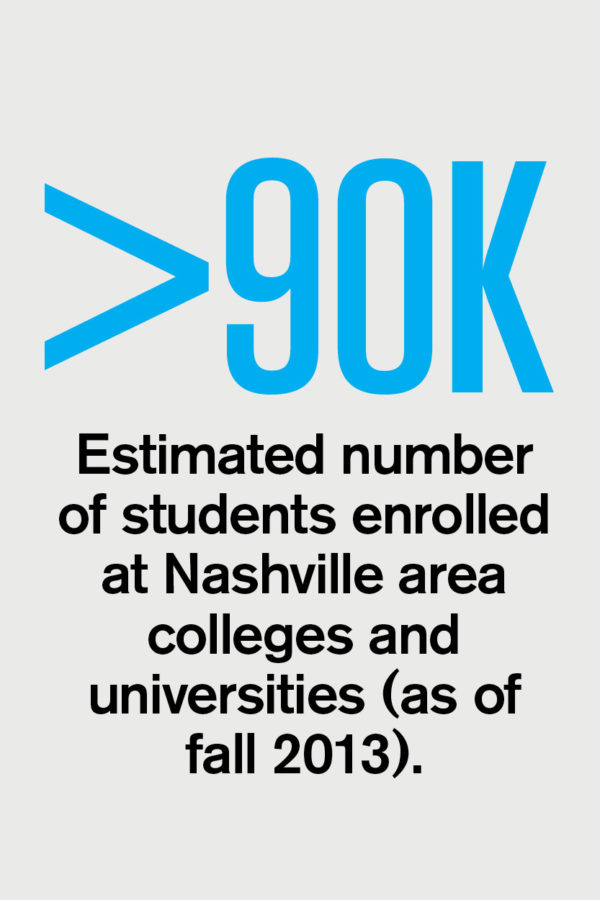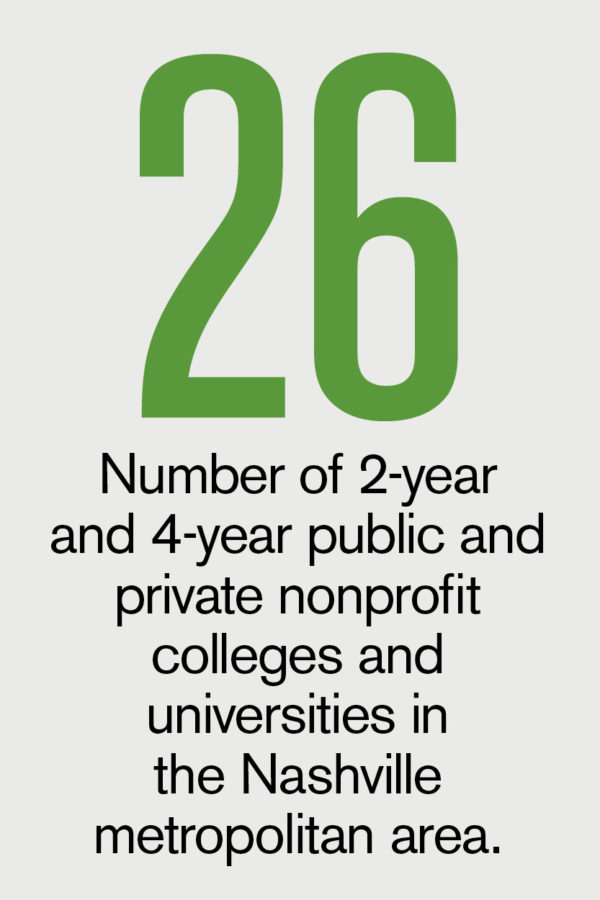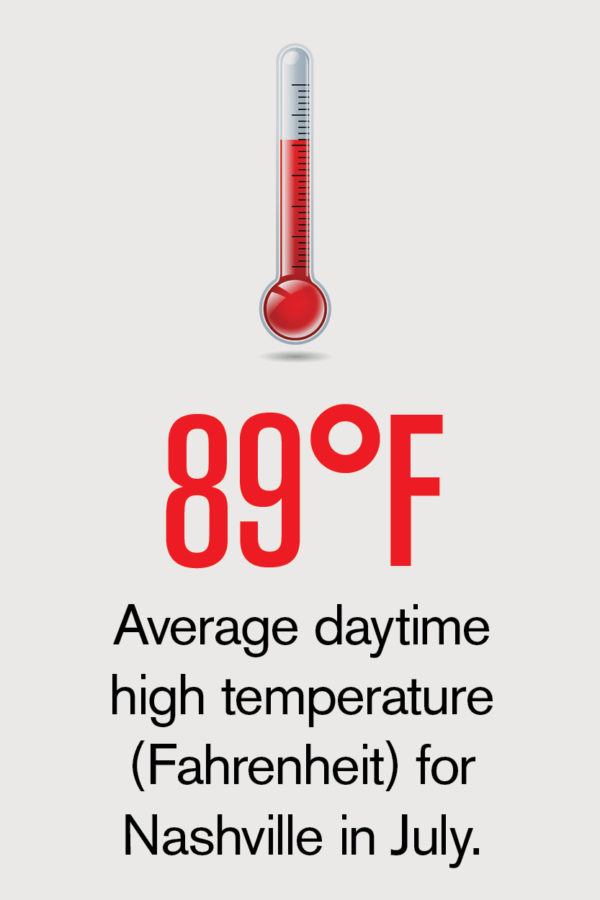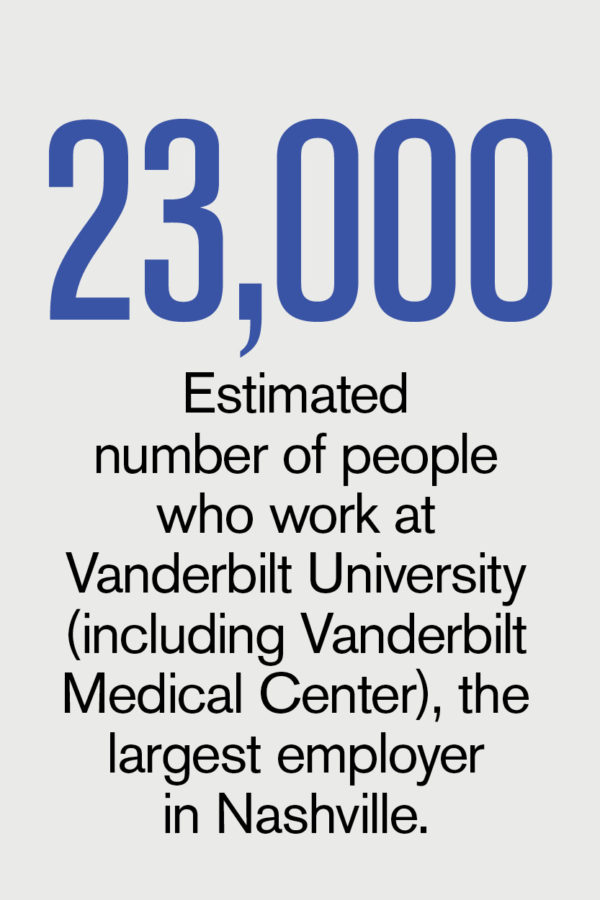I can tell you from my own personal experience, having been a student veteran member at large, and then a leader of my chapter at Florida State University, navigating and understanding the bureaucracy is a real challenge for any veteran coming out of the structure of the military,” says Jared Lyon, chief development officer and executive vice president of operations, Student Veterans of America (SVA), Washington, D.C.
“Higher education is unstructured by design,” Lyon continues. “It’s meant to be a place to find yourself. When I transitioned, one of the hardest parts was feeling a general disconnect from your civilian counterparts. You come to a college environment that is literally set up and designed to support a transition from high school to college to a civilian career. It’s not set up for you.”
For example, he says, the typical SVA member starts school at age 27 and graduates at 30, quite a contrast to traditional student peers who are in the 18–22-year-old range. The organization, founded in 2008, has a membership base of 440,000 student veterans, and nearly 1,200 chapters nationwide.
According to Lyon, many SVA members start out at community colleges because the institutions offer more lenient admission requirements than do their four-year counterparts. “One of the deterrents I had to applying to Florida State directly out of the Navy was retaking the SAT,” he remembers. “At the time, I didn’t know where to start to prepare myself. I’d been out of high school for nearly five years. The barrier to entry is a lot lower for a community college.”
To gather additional information on veterans and their education, SVA several years ago partnered with the Veterans Administration and the National Student Clearinghouse (NSC) to match two sets of data: (1) a randomly selected sample of approximately 1 million Montgomery and Post-9/11 GI Bill veteran education beneficiary records, dating from 2002 to 2010, and (2) U.S. student postsecondary enrollment and completion records collected by the NSC.
Lyon cites several statistics gleaned from the Million Records Project:
- The majority of students complete a bachelor’s degree within four to six years; associate degrees within four.
- Student veterans are pursuing degrees that allow them to obtain in-demand careers. At the associate level, the five degree fields most often pursued were in liberal arts and sciences; business; homeland security; law enforcement and firefighting; and health professions. The top five bachelor’s degree fields were business; social sciences; homeland security; law enforcement and firefighting; and computer and information sciences.
- Most (79.2 percent) student veterans who complete school enroll in public schools, with 71.7 percent earning degrees. Just more than 15 percent obtain degrees from private nonprofit institutions and 12 percent from proprietary institutions.
- Many student veterans go beyond their original higher education goals, with a fair number going on to also earn an even higher level degree. In the sample, 31.3 percent of student veterans initially earned a vocational certificate, 35.8 percent earned an associate degree, and 20.8 per-cent earned a bachelor’s degree—and all went on to also earn a higher degree.
RESOURCE LINK A complete copy of the Million Records Project—which analyzed a total of 788,915 records that represented 22 percent of the student veteran population receiving GI Bill benefits for the eight-year period—is available from www.studentveterans.org/index.php/what-we-do/million-records-project.
SUBMITTED BY Margo Vanover Porter, Locust Grove, Va., who covers higher education business issues for Business Officer.
ORGANIZATIONAL EFFECTIVENESSA report published this spring by the Brookings Institution ranked the University of New England (UNE) as No. 1 among colleges and universities in Maine for its ability to increase students’ career earnings. Unlike most other ranking systems, Brookings’ Beyond College Rankings includes a “value-added” aspect, seeking to isolate the impact of the school itself on alumni earnings and adjusting for the economic status and academic characteristics of the student body.
According to the report, people know little about how institutions of higher education compare along important dimensions of quality. This is especially true for colleges granting credentials of two years or less—schools that graduate 20 percent of all postsecondary graduates.
The report further defines this value add as the difference between actual alumni outcomes (such as salaries) and the outcomes one would expect given a student’s own characteristics and the type of institution attended.
More and Better Rankings
These measures improve on conventional rankings in several ways: The rankings are available for a much larger number of schools; they focus on the factors that best predict measurable outcomes; and they attempt to identify the college’s impact, above and beyond what students’ backgrounds might predict.
Research for the rankings report included grading more than 7,000 two-year and four-year schools on their effect on graduates’ economic earnings, using three markers: midcareer earnings, student-loan repayment, and occupational earnings.
Predictive Patterns
In addition, researchers at Brookings identified five specific traits of colleges and universities that are strong indicators of students’ future earnings:
- The value of the curriculum.
- Alumni skills.
- A science, math, engineering, and mathematics (STEM) orientation.
- Completion rates.
- Student financial aid.
UNE President Danielle Ripich’s comment on the new rating: “The value-added approach to the analysis contributes a dimension that captures the inherent effect of our university on our graduates’ economic success.”
RESOURCE LINK For more information about Brookings rankings, go to www.brookings.edu.
“The biggest single run of a free online course began on FutureLearn this week [May 15, 2015], with close to 400,000 learners from more than 150 countries enrolled. FutureLearn, the first UK-based provider of massive open online courses (MOOCs), began offering courses in October 2013.”
—FutureLearn
Fast Fact
Calling for New Model of College and Career Readiness
In the white paper Unpacking “Career Readiness,” ACT, a nonprofit organization dedicated to helping people achieve education and workplace success, defines workplace readiness and calls for colleges and universities to emphasize skill domains and competencies that can better prepare students for professional success.
“There is a common belief that readiness for college and readiness for work are identical,” says Wayne Camara, ACT senior vice president of research. “That’s simply not the case. ACT is defining what it means to be work ready, as differentiated from college ready, with the goal of helping better gauge students’ overall readiness for success after high school.” The report identifies four types of skills that contribute to success after high school: core academic skills, cross-cutting capabilities, behavioral skills, and navigation skills.
Taking Stock of MOOCs
The report, Preparing for the Digital University, released in late April by the MOOC Research Initiative, identifies five key themes regarding massive open online courses (MOOCs): student engagement and learning; MOOC design and curriculum; self-regulated learning and social learning; social-network analysis and networked learning; and motivation, attitude, and success criteria.
The research, funded by the Bill and Melinda Gates Foundation, supported 28 research groups, all of which focused on answering the question: “Where is research on massive open online courses headed?” One of the report authors, George Siemens, an academic-technology expert at the University of Texas Arlington, says that he hopes the report will help colleges to make smart decisions, based on research and evidence, about their digital campuses. Figuring out how to maintain students’ interest during an online course, for example, when “a distraction is literally just a click away,” says Siemens, is another important element.
![]()
By The Numbers
Sources: Current Results —Weather and Science Facts; Gaylord Opryland Resort & Convention Center; Nashville Area Chamber of Commerce; National Center for Education Statistics, Fall 2013 Integrated Postsecondary Education System (IPEDS) Enrollment Survey; Vanderbilt University.





